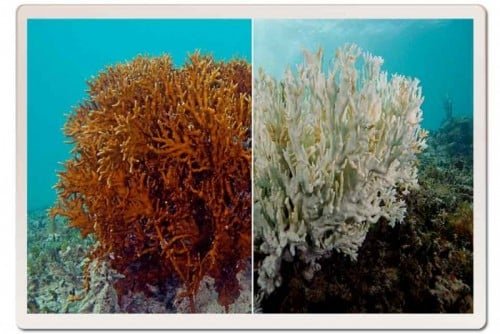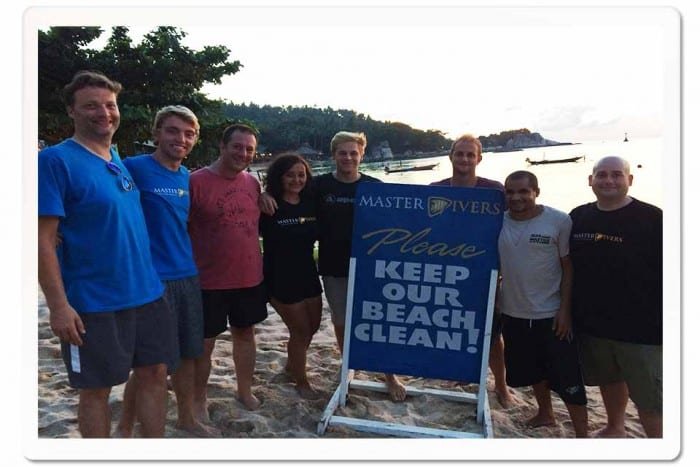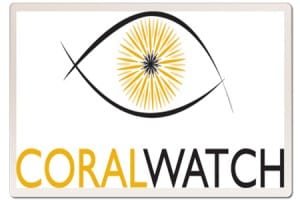CoralWatch is a non-profit organization founded by coral biologists from the University of Queensland. Their lives revolve around working to protect corals, which lead them to create a platform where the general public can join students, scientists, and divers to enter data on coral bleaching from sites all around the world; and so CoralWatch was born back in 2002. Since then, in association with Project Aware, CoralWatch has become a worldwide tool that scientists can draw data from, with more than 1,000 CoralWatch participating operations actively collecting coral health data. This ability for the scientists to have a pool of free data to use in their studies is very useful and appreciated by all. It also gives the public an effective avenue for them to pursue a passion and help try and save the aquatic world you love so dearly!
What is coral bleaching?
That leads us to the question: What are corals and how do they become bleached? Well, corals are living organisms that live in a colony as polyps. Related to Cnidarians (Jellyfish), they are sessile (non-moving) organisms that are attached to the same substrate their entire lives, and actually add to this substrate by excreting limestone deposits as they grow. Within their tissues lives an algae called Zooxanthellae, to which the coral forms a mutualistic, symbiotic relationship. What this means is that the coral polyp provides protection for the algae, which in turn uses photosynthesis to produce oxygen and glucose (sugar) for the coral polyp to use. Nutrients are efficiently cycled between the two symbionts (algae + coral), which benefit each individual greatly as tropical waters are relatively nutrient poor in comparison to more temperate, cooler waters.
Now the act of coral bleaching occurs when the coral becomes stressed due to sustained warmer-than-usual sea temperatures. Once stressed, the coral pushes the algae from its tissues, which causes the bleached white appearance (a before and after picture is shown below). However, this isn’t an immediate death sentence for the coral! The algae can be brought back into the coral’s tissues, but only if the water temperature drops back to a level where the coral isn’t stressed. It’s a common misconception that the white corals are dead, but if the word is able to be spread that there is still a chance for the corals to recover, then all hope isn’t lost!
Coral Watch dives at Master Divers
On a breezy Halloween morning, a group of Dive Master candidates and green package guests joined Hayley and I on two CoralWatch dives at Twin Pinnacles and White Rock. Both sites are known for the brilliant coral diversity and often excellent conditions, and boy did they not disappoint! With visibility pushing 30 meters at Twins and 25 meters at White Rock, locating the various species of coral to sample was a breeze. After all was said and done, 4 separate surveys were conducted (2 at each site) by our eco-warriors, providing important data for the CoralWatch team to use in their future studies. An excellent day all round for the team, who had smiles on their faces from start to finish!

How can you get involved?
If this kind of eco-related activity interests you, contact master divers at conseration@master-divers.com and inquire about when the next eco dive is scheduled! We try to schedule them once a month, but will add more upon request! As a team, we all feel it is our responsibility to help try and protect the environment that we call “our office”. For more information on CoralWatch, visit their website at www.coralwatch.org

